Stay logged in to proceed with bookings, orders and offers.
On changing the terminal, you will loose items in your cart. Are you sure you want to change your terminal?
Embark on a captivating exploration of the Indian Railways, delving into its rich legacy spanning 170 years.
The history of the Indian Railways began during the British Raj. Steam trains were used to transport British officers from one part of the country to another. Today, they are classified as heritage trains. Depending on the meter gauge, power, and model number, the trains were set into different categories. The model number of a train explains what category it belongs to. The first letter denotes the track gauge, the second letter denotes whether it is a diesel or electric train, while the third letter denotes the traffic it is transporting.
It was 170 years ago that the first train ran between Thane to Chhatrapati Shivaji Terminal on 16 April 1853. This was the first steam engine to transport 400 passengers along a 34-kilometre distance. A British company called Kitson built the world’s oldest steam engine and installed it on the first heritage train in India, and was named ‘The Fairy Queen’. The train has been drawing large crowds ever since. Another interesting addition to India's railway history was the ‘Toy Train’. The first of its kind ran in the North East in 1881. A two-feet narrow gauge track at a low speed was how the train ran and reached India’s highest railway station in Ghoom. It has earned the status of World Heritage Site from UNESCO.
Read More
Read Less
The Fairy Queen is the oldest working steam locomotive in the world, and even made it into the Guinness Book of World Records! It was also called the East Indian Railway No. 22. Constructed in 1855 and rehauled in 1997 by Loco Works Perambur, Chennai, the train was made by Kitson, Thompson & Hewitson of England at Leeds. It had two coaches and could carry up to 50 people. It had a special pantry car for catering and an additional lounge in front of the passenger coach. The large windows provided clear views of the countryside. The route it followed was from Delhi to Alwar, with an overnight stay at the Sariska Tiger Reserve. In 1972, the train was awarded heritage status and considered a national treasure. It now stands at the National Rail Museum in New Delhi. Here, train enthusiasts can learn about the operational models, literature, signalling apparatus, antique furniture and more.
The Palace on Wheels deserves a special mention here, although it was only launched in 1982. It is a meticulously designed luxury train that captures the essence of vintage travel and features air-conditioned coaches, adorned with elegant interiors that reflect the regal heritage of Rajasthan. The train offers an experience reminiscent of the royal journeys of the Maharajas. Passengers can experience the charm of ornate furnishings, traditional decor, and luxurious amenities. With its royal ambience, the train promises to take guests back in time. Covering a distance of approximately 2,411 kilometres, this luxurious train takes you through New Delhi, Jaipur, Sawai Madhopur, Chittorgarh, Udaipur, Jaisalmer, Jodhpur, Bharatpur, Agra, New Delhi, giving you a taste of India through wildlife, UNESCO Heritage sites, local cultures and traditions.
This 111-year-old long-distance train was inaugurated on 1 June 1912. Back then, it was called the Punjab Limited. All British officers and civil servants used this to travel from Hampton Harbour to Ballard Pier Mole Station in Mumbai. Pre-Independence, the Punjab Mail covered 2,496 km from Itarsi, Agra, Delhi, Amritsar, Lahore to Peshawar. Reserved for only white British officers, in 1930, the third-class coaches were open to the public. In 1945, air-conditioned bogies were added. By 1947, all 24 coaches of the general and sleeper classes had air-conditioning. The route was from Victoria Terminus in Mumbai to Ferozepur in Punjab.
Also known as Golden Temple Mail, Frontier Mail ran between Mumbai to Peshawar. The train covered 2,335 kilometres in about 72 hours. It started running in 1928, and had dining coaches and pantry cars. The route was from Vadodara, Ratlam, Mathura, Delhi, Amritsar, Lahore, and Rawalpindi to Peshawar. They even had an entertainment carriage where officers would play cards. It was on this very train that Mahatma Gandhi was arrested by the British in Palwal. In 1944, Subhash Chandra Bose also travelled on this train.
In 1866, the Kalka Mail was managed by the East Indian Railway Company from Calcutta to Delhi. In 1891, this route extended to Kalka. When Shimla was the summer capital, officers used this route frequently. The complete government machinery was transported this way. Today, it is one of the oldest running trains in India. With a total of 24 coaches, it runs at 115 km/hour and has four rakes.
Vintage trains are a carefully preserved piece of history that takes us back in time. They were once a vital mode of transport that connected the length and breadth of India. The role of the railways influenced the development of the landscape, its politics, culture, and so much more. Today, the Indian National Railway System has a route length of almost 68,000 km and continues to grow.
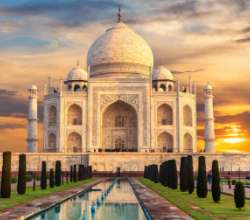
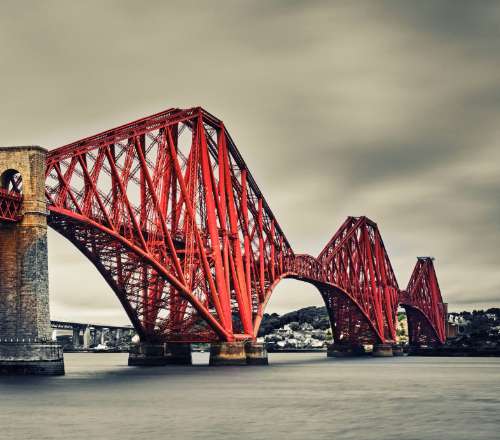
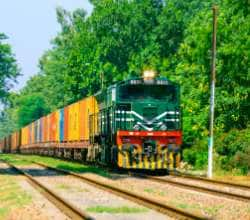
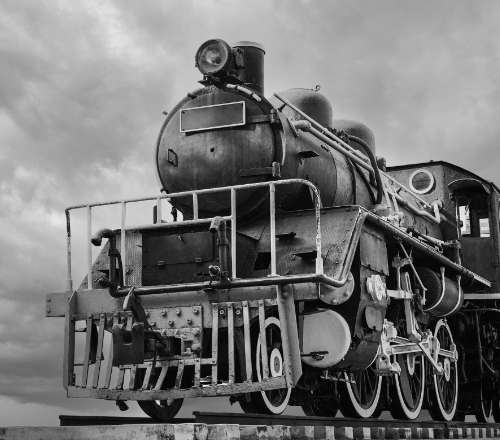
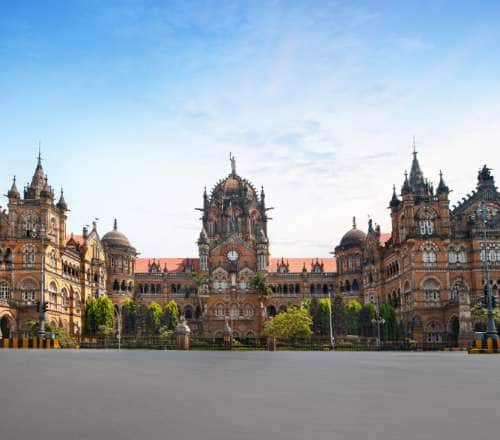
The Adani One expressly disclaims all liability, direct and indirect, in respect to actions taken or not taken based on any or all the contents of this Blog. The Blog is an opinion of the contributor based on the collation of data from various sources and is provided only for information purpose. Adani One does not canvass, advertise, solicit, invite or induct for any product, merchandise, information, brand or any other materials mentioned in the Blog, nor does it obtain any monetary benefit from the same. Reader is advised to read and apply his/her intellect and discretion in this regard. Any Intellectual Property mentioned in this blog belongs to the rightful owner. We do not intent to claim any interest over the same.